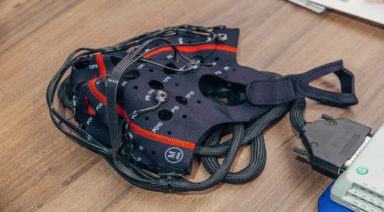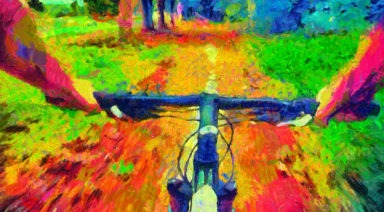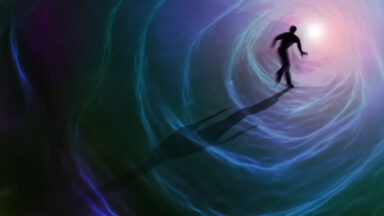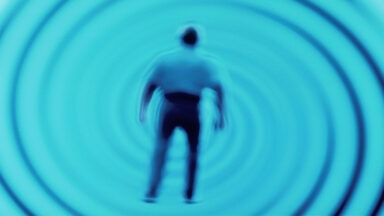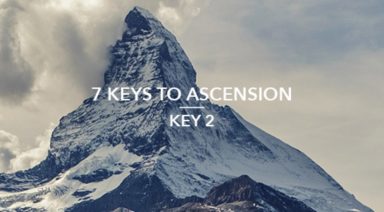We’re Born Natural Innovators, So Does School Kill Creativity?
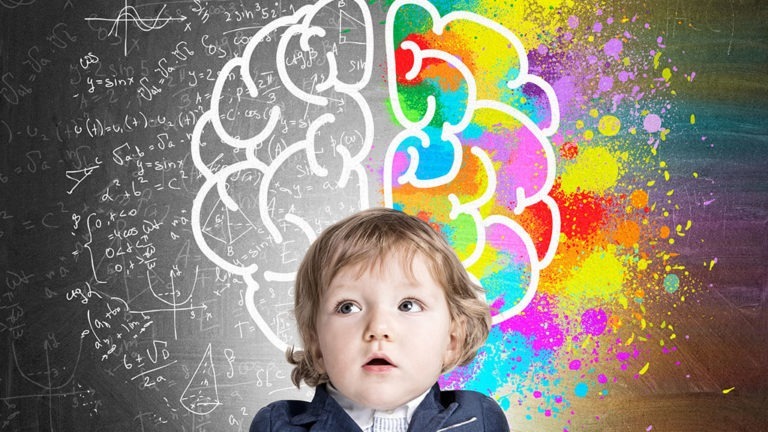
As children, we’re born with wild and inventive imaginations. In fact, 98 percent of children are born creative geniuses according to a test devised by NASA scientists. But as we get older that figure dwindles, and by adulthood, the number of creative geniuses drops to an astonishingly low average. Which begs the question: does school kill creativity?
George Land’s Creativity Test
When the deputy director for NASA wanted to figure out how to separate creative types from the rest, he tapped George Land to create a test. The goal was to seclude those who could think outside the box and come up with atypical solutions to some of NASA’s toughest problems. So, in 1968, he created a test that accurately predicted creativity, but then found himself faced with the question of where creativity comes from. Is it learned, or does it come from experience?
Land decided to apply his test to a range of age groups to see how creativity varied as we get older. He used a sample of 1,600 children and continued the study into his subjects’ adulthood. Incredibly, he found that by the time they reached maturity, only two percent of subjects passed the creativity test, despite their creative success as kids.
Land learned there are two patterns for the way we generate ideas in our minds. The first is divergent thinking, or being able to generate new possibilities – where creativity comes from. The other was convergent thinking, where we judge something by testing, criticizing and evaluating it.
As it turns out, Land says we’re taught to use both types of thinking simultaneously, forcing them to compete with each other. When we think of new possibilities, we’re immediately judging, criticizing and censoring them, without just letting them come to the surface.
Creativity and Ken Robinson’s Ted Talk
One of the most-watched TED talks of all time belongs to Ken Robinson who carries the torch for Land in the fight to bring back creativity. Since his wildly successful speech garnering nearly 50 million views, he has written books and given several more TED talks discussing how we can tap back into that latent creativity.
Robinson noticed that our education system teaches us that being wrong is the worst possible outcome. Nowhere is there a better example of this than standardized testing.
Our thought process is forced to conform to controlled paradigms of right and wrong, and so ideas that don’t fit the mold are rejected. And in the past few decades, ascription to that paradigm has been pushed harder by prescribing drugs to children who don’t easily fall in line with the system’s ideal standards.
Robinson points to the example of Gillian Lynne, one of the most famous theater choreographers who’s made millions for her work on Broadway shows, including Cats and Phantom of the Opera. When she was a child she struggled with school and was told she had a learning disorder. Her parents took her to a doctor to figure out what was wrong and potentially prescribe her medication. The doctor told them she wasn’t sick, she just needed to pursue dancing. And the rest is history.
Imagine how many dancers, artists, and creative types have had their potentials wasted because our system doesn’t have the time or patience to guide them in the right direction. Instead, we’re disciplined to follow narrow paths and if we don’t conform, we’re told that we failed.
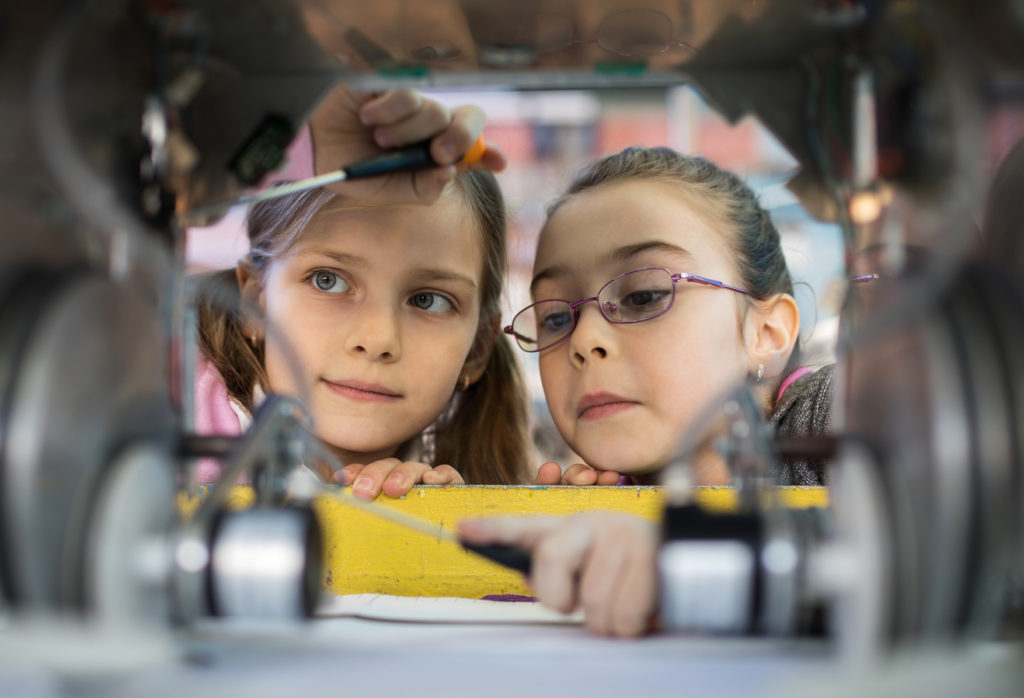
Robinson says that a teacher’s job is not just to relay information that they learned to their students; not to simply be a delivery system. That’s part of it, he says, but there’s so much more.
He says that teachers are the lifeblood of success to schools, they should provoke, stimulate, and mentor students. Education, he says, is not the same as learning, learning requires engagement and sparked curiosity.
Louis Mobley’s Creative Insights
Before Land created his creativity test for NASA, Louis Mobley was hired by IBM to teach its top employees how to think creatively – his teachings led to the creation of the IBM Executive School.
Mobley quickly found that many of the executives already working for IBM didn’t fall within the expected parameters when it came to standardized testing, so he realized he needed to figure out what made them successful leaders. The answer: being able to think creatively. So he formed a list of six creative insights he found were key to success in leadership.
- Traditional teaching methods, like testing and memorization, were less than worthless. These systems were counterproductive to creativity and forced students to think linearly when instead they should be thinking in a non-linear manner.
- The process of becoming creative is an unlearning process. Instead of expecting students to think within preconceived assumptions, he wanted them to overturn existing beliefs.
- Being creative can’t be learned, it’s innate within us and must be released by doing it. Often creativity was channeled offline and in informal modes of peer to peer interaction.
- Hanging around creatives was the best way to inspire creativity.
- Creativity is highly associated with self-knowledge – it is impossible to overcome biases if we’re not aware of them.
- You’re allowed to be wrong. Good ideas come from lots of bad ones. The reason we don’t hit our potential is from fear of being wrong.
The truth in Mobley’s learnings is nowhere more obvious than in the success of IBM, and it’s unfortunate that these axioms aren’t applied more in our education system. But if there’s one thing that all of these researchers learned from studying creativity, it’s that we never lose it, it stays latent in all of us. In order to foster creativity, one must encourage its expression and not fear being wrong every now and then.
Brainwave Scans Show Profound Results in Intention Experiment

Just how powerful are our thoughts? Renowned researcher, Lynne McTaggart’s work shows that the power of setting intention to heal is limitless, especially when done with others.
McTaggart has been at the forefront of researching and facilitating group intention-setting for decades. Her large-scale, global intention experiments have shown the dramatic power of thoughts to affect reality and promote healing.
Since 2008, the same effect has been seen in her Power of Eight groups, in which people send and receive healing intentions.
“Working like this in a group, whether they’re a sender or receiver, can have pretty much every aspect of their life healed,” McTaggart said. “So we’ve had extraordinary healings, everything from people getting up out of their wheelchair, to reversing stage 4 cancer, to healing life-threatening sepsis. We’ve also had people fall in love; we’ve had people where they’ve needed hundreds of thousands of dollars receive that; people who needed $2,000 dollars receive that; we’ve had people get new careers, exciting careers.”
Vietnam veteran Wes Chapman is one of the thousands of people who have experienced profound healing in a Power of Eight group. Having suffered from major depression for many years following his service, Chapman had virtually given up on life when he came across one of McTaggart’s workshops and took part in a group healing.
“I felt the energy running through our hands, I felt the vibrations in the room change, I felt a very special atmosphere was being created. The next morning when I woke up, it was an amazing thing. The first thing I felt was this energy, it was like the wheels are moving, I can do what I need to do, and do it happily,” Chapman said.






